All patients in pembrolizumab trial were found to be cancer-free after combination of drug and surgery.



Researchers based at the Dept of Biology and School of Physics, Engineering and Technology have developed a remarkable new technology which is able to study single biological molecules using intrinsic twist properties to bring about essential functions in cells.
“Nano twists” that drive life
There are myriad so-called “chiral” molecules in biology, which have a fascinating property of not appearing to have the same structure were you to look at their image in a mirror — one of the best known examples being DNA, the “molecule of life”, whose chirality comes from its amazing double helix structure. This chirality, which looks in the case of extended DNA molecules like “nano twists”, results in a property which physicists describe as “symmetry breaking” which in turn can drive molecules into a range of different states. With input from sources of energy, these molecules can then jump between different states as part of their normal function, and it is this state jumping which essentially drives all processes in living cells — so chirality is an enormously fundamental feature which in effect effect steers key cellular processes.
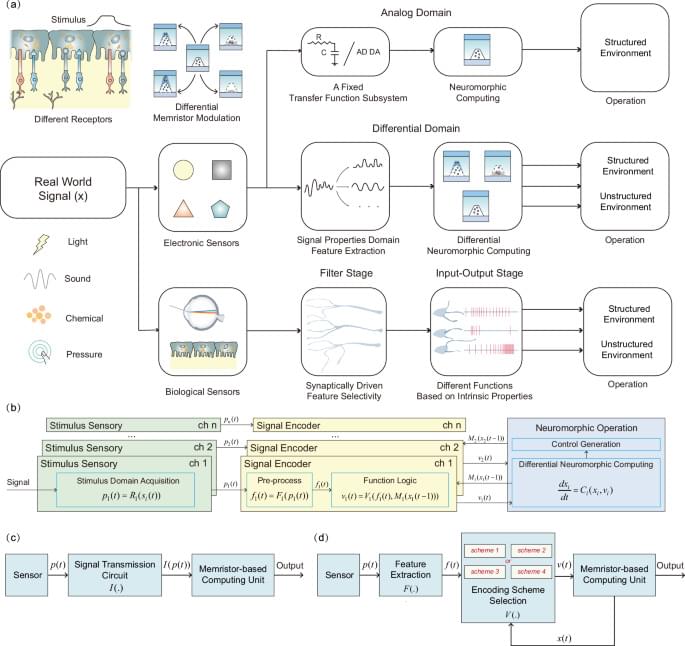
Differential neuromorphic computing, as a memristor-assisted perception method, holds the potential to enhance subsequent decision-making and control processes. Compared with conventional technologies, both the PID control approach and the proposed differential neuromorphic computing share a fundamental principle of smartly adjusting outputs in response to feedback, they diverge significantly in the data manipulation process (Supplementary Discussion 12 and Fig. S26); our method leverages the nonlinear characteristics of the memristor and a dynamic selection scheme to execute more complex data manipulation than linear coefficient-based error correction in PID. Additionally, the intrinsic memory function of memristors in our system enables real-time adaptation to changing environments. This represents a significant advantage compared to the static parameter configuration of PID systems. To perform similar adaptive control functions in tactile experiments, the von Neumann architecture follows a multi-step process involving several data movements: 1. Input data about the piezoresistive film state is transferred to the system memory via an I/O interface. 2. This sensory data is then moved from the memory to the cache. 3. Subsequently, it is forwarded to the Arithmetic Logic Unit (ALU) and waits for processing.4. Historical tactile information is also transferred from the memory to the cache unless it is already present. 5. This historical data is forwarded to the ALU. 6. ALU calculates the current sensory and historical data and returns the updated historical data to the cache. In contrast, our memristor-based approach simplifies this process, reducing it to three primary steps: 1. ADC reads data from the piezoresistive film. 2. ADC reads the current state of the memristor, which represents the historical tactile stimuli. 3. DAC, controlled by FPGA logic, updates the memristor state based on the inputs. This process reduces the costs of operation and enhances data processing efficiency.
In real-world settings, robotic tactile systems are required to elaborate large amounts of tactile data and respond as quickly as possible, taking less than 100 ms, similar to human tactile systems58,59. The current state-of-the-art robotics tactile technologies are capable of elaborating sudden changes in force, such as slip detection, at millisecond levels (from 500 μs to 50 ms)59,60,61,62, and the response time of our tactile system has also reached this detection level. For the visual processing, suppose a vehicle travels 40 km per hour in an urban area and wants control effective for every 1 m. In that case, the requirement translates a maximum allowable response time of 90 ms for the entire processing pipeline, which includes sensors, operating systems, middleware, and applications such as object detection, prediction, and vehicle control63,64. When incorporating our proposed memristor-assisted method with conventional camera systems, the additional time delay includes the delay from filter circuits (less than 1 ms) and the switching time for the memristor device, which ranges from nanoseconds (ns) to even picoseconds (ps)21,65,66,67. Compared to the required overall response time of the pipeline, these additions are negligible, demonstrating the potential of our method application in real-world driving scenarios68. Although our memristor-based perception method meets the response time requirement for described scenarios, our approach faces several challenges that need to be addressed for real-world applications. Apart from the common issues such as variability in device performance and the nonlinear dynamics of memristive responses, our approach needs to overcome the following challenges:
Currently, the modulation voltage applied to memristors is preset based on the external sensory feature, and the control algorithm is based on hard threshold comparison. This setting lacks the flexibility required for diverse real-world environments where sensory inputs and required responses can vary significantly. Therefore, it is crucial to develop a more automatic memristive modulation method along with a control algorithm that can dynamically adjust based on varying application scenarios.
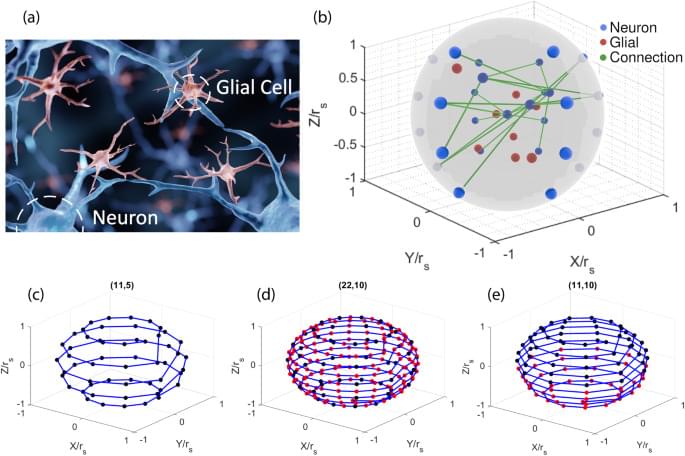
In artificial neural networks, many models are trained for a narrow task using a specific dataset. They face difficulties in solving problems that include dynamic input/output data types and changing objective functions. Whenever the input/output tensor dimension or the data type is modified, the machine learning models need to be rebuilt and subsequently retrained from scratch. Furthermore, many machine learning algorithms that are trained for a specific objective, such as classification, may perform poorly at other tasks, such as reinforcement learning or quantification.
Even if the input/output dimensions and the objective functions remain constant, the algorithms do not generalize well across different datasets. For example, a neural network trained on classifying cats and dogs does not perform well on classifying humans and horses despite both of the datasets having the exact same image input1. Moreover, neural networks are highly susceptible to adversarial attacks2. A small deviation from the training dataset, such as changing one pixel, could cause the neural network to have significantly worse performance. This problem is known as the generalization problem3, and the field of transfer learning can help to solve it.
Transfer learning4,5,6,7,8,9,10 solves the problems presented above by allowing knowledge transfer from one neural network to another. A common way to use supervised transfer learning is obtaining a large pre-trained neural network and retraining it for a different but closely related problem. This significantly reduces training time and allows the model to be trained on a less powerful computer. Many researchers used pre-trained neural networks such as ResNet-5011 and retrained them to classify malicious software12,13,14,15. Another application of transfer learning is tackling the generalization problem, where the testing dataset is completely different from the training dataset. For example, every human has unique electroencephalography (EEG) signals due to them having distinctive brain structures. Transfer learning solves the generalization problem by pretraining on a general population EEG dataset and retraining the model for a specific patient16,17,18,19,20. As a result, the neural network is dynamically tailored for a specific person and can interpret their specific EEG signals properly. Labeling large datasets by hand is tedious and time-consuming. In semi-supervised transfer learning21,22,23,24, either the source dataset or the target dataset is unlabeled. That way, the neural networks can self-learn which pieces of information to extract and process without many labels.
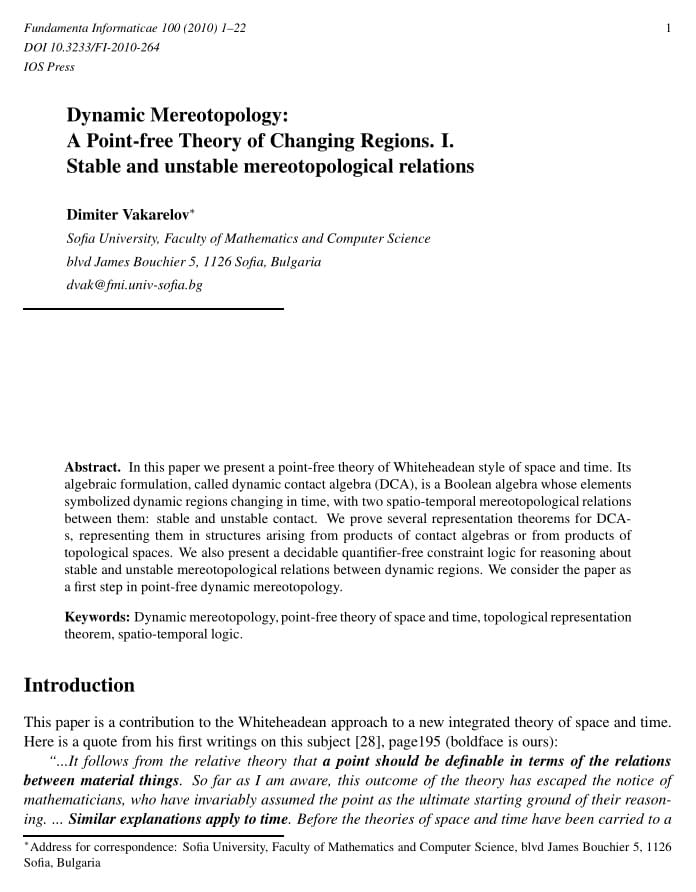
It sure looks like other philosophers are using the Stone duality in ways that are a lot more sophisticated than my own way!
Abstract In this paper we present a point-free theory of Whiteheadean style of space and time.
In this paper we present a point-free theory of Whiteheadean style of space and time. Its algebraic formulation, called dynamic contact algebra (DCA), is a Boolean algebra whose elements symbolized dynamic regions changing in time, with two spatio-temporal mereotopological relations between them: stable and unstable contact. We prove several representation theorems for DCAs, representing them in structures arising from products of contact algebras or from products of topological spaces. We also present a decidable quantifier-free constraint logic for reasoning about stable and unstable mereotopological relations between dynamic regions. We consider the paper as a first step in point-free dynamic mereotopology.
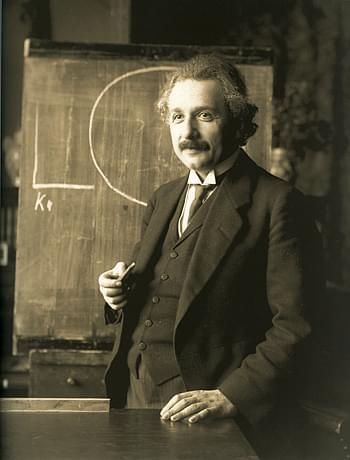

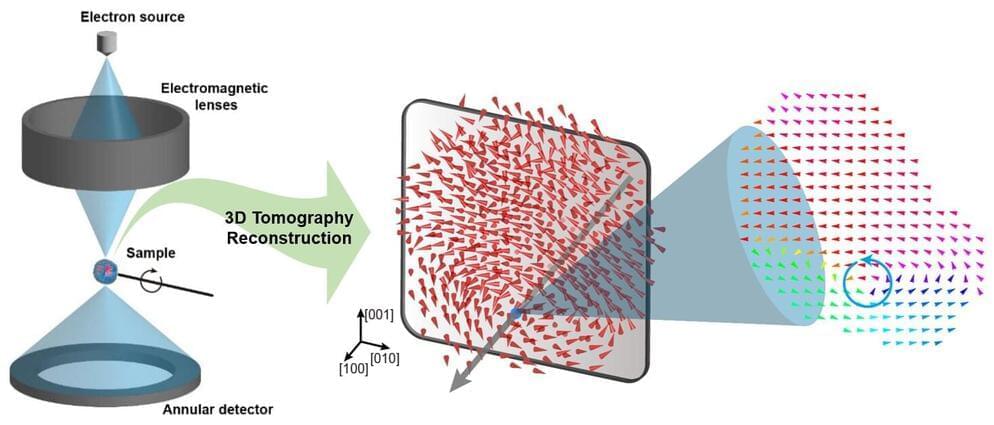
Prof. Sergey Prosandeev and Prof. Bellaiche (who proposed with other co-workers the polar vortex ordering theoretically 20 years ago), joined this collaboration and further proved that the vortex distribution results obtained from experiments are consistent with theoretical calculations.
By controlling the number and orientation of these polarization distributions, it is expected that this can be utilized in a next-generation high-density memory device that can store more than 10,000 times the amount of information in the same-sized device compared to existing ones.
Dr. Yang, who led the research, explained the significance of the results, “This result suggests that controlling the size and shape of ferroelectrics alone, without needing to tune the substrate or surrounding environmental effects such as epitaxial strain, can manipulate ferroelectric vortices or other topological orderings at the nano-scale. Further research could then be applied to the development of next-generation ultra-high-density memory.”

Though one in two people will develop some form of cancer in their lifetime, there’s still much we don’t know about this disease. But thanks to continued research efforts, we keep learning more about the biology of cancer. One of these recent discoveries could even transform our understanding of how cancers develop.
But before we talk about the new discovery, let’s first discuss the classical theory that attempts to explain why normal cells become cancer cells. This theory posits that DNA mutations are the primary cause of cancers.
It’s well known that ageing, as well as some lifestyle and environmental factors (such as smoking and UV radiation) cause random DNA mutations (also known as genetic alterations) in our cells. Most genetic alterations trigger cell death or have no consequence.

Move over, graphene. There’s a new, improved two-dimensional material in the lab. Borophene, the atomically thin version of boron first synthesized in 2015, is more conductive, thinner, lighter, stronger, and more flexible than graphene, the 2D version of carbon. Now, researchers at Penn State have made the material potentially more useful by imparting chirality — or handedness — on it, which could make for advanced sensors and implantable medical devices. The chirality, induced via a method never before used on borophene, enables the material to interact in unique ways with different biological units such as cells and protein precursors.
The team, led by Dipanjan Pan, Dorothy Foehr Huck & J. Lloyd Huck Chair Professor in Nanomedicine and professor of materials science and engineering and of nuclear engineering, published their work — the first of its kind, they said — in ACS Nano.
“Borophene is a very interesting material, as it resembles carbon very closely including its atomic weight and electron structure but with more remarkable properties. Researchers are only starting to explore its applications,” Pan said. “To the best of our knowledge, this is the first study to understand the biological interactions of borophene and the first report of imparting chirality on borophene structures.”